Rotation welding corresponds to fixed welding in pipeline welding. Fixed welding means that the welding joint cannot move after the pipe group is aligned, and the welding is performed according to the change of the welding position (horizontal, vertical, upward, and mid-level changes) during the welding process.
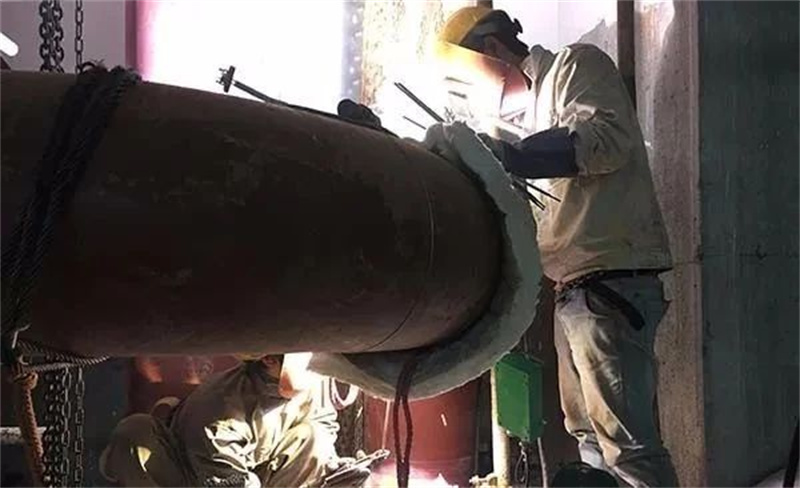
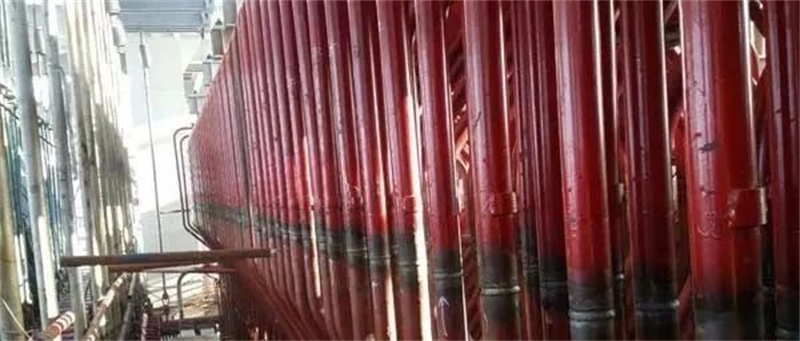
Rotating the welding port is to rotate the welding port during the welding process so that the welder can perform welding in an ideal position (one of horizontal, vertical, upward and downward).
Xinfa welding equipment has the characteristics of high quality and low price. For details, please visit: Welding & Cutting Manufacturers – China Welding & Cutting Factory & Suppliers (xinfatools.com)
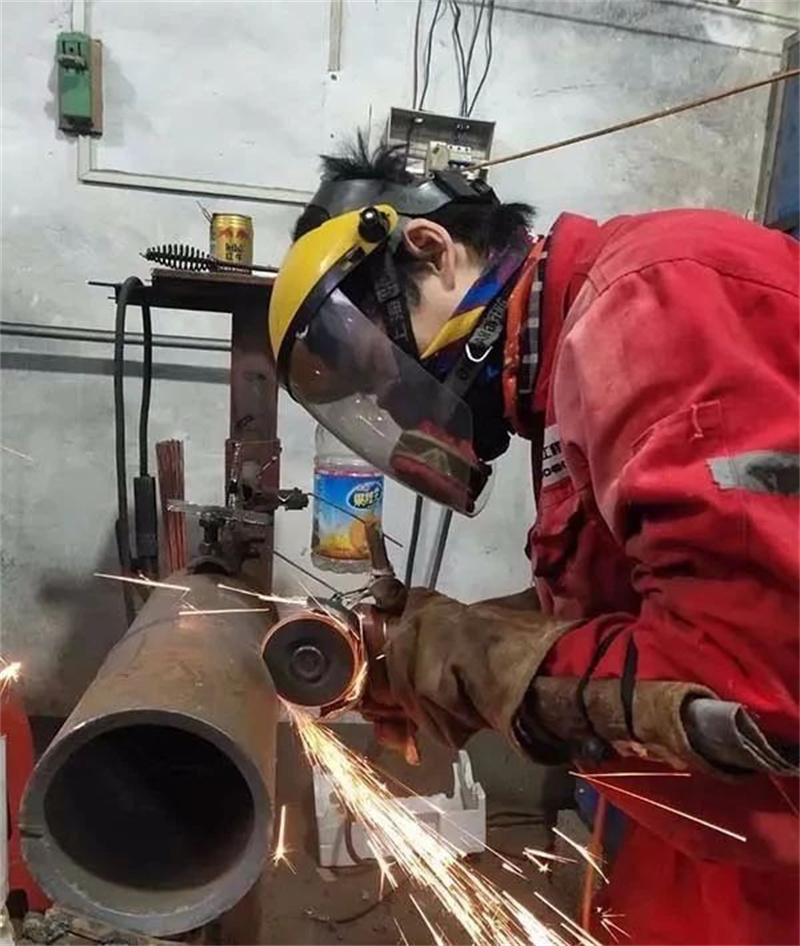
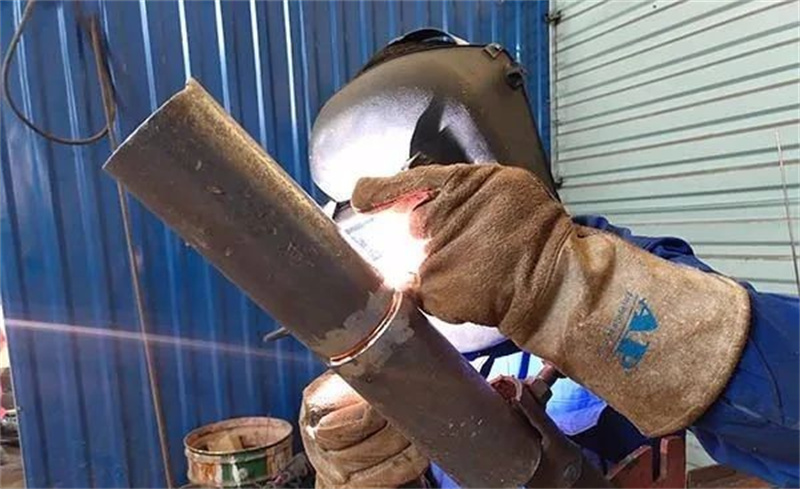
In fact, simply speaking, the fixed welding joint is the weld seam welded on site, which is relative to the prefabricated pipeline.
The fixed welding joint means that the pipe does not move, and the welder performs all-round welding, especially when the welding method is overhead, the welding method is not easy to operate, the welder’s technical requirements are high, and defects are prone to occur. Usually, the construction is on the pipe gallery;
The rotating port is a pipe that can be rotated. The welding position is basically flat welding or vertical welding. The welding operation is convenient and there are few defects. It is basically constructed on the ground or on the floor.
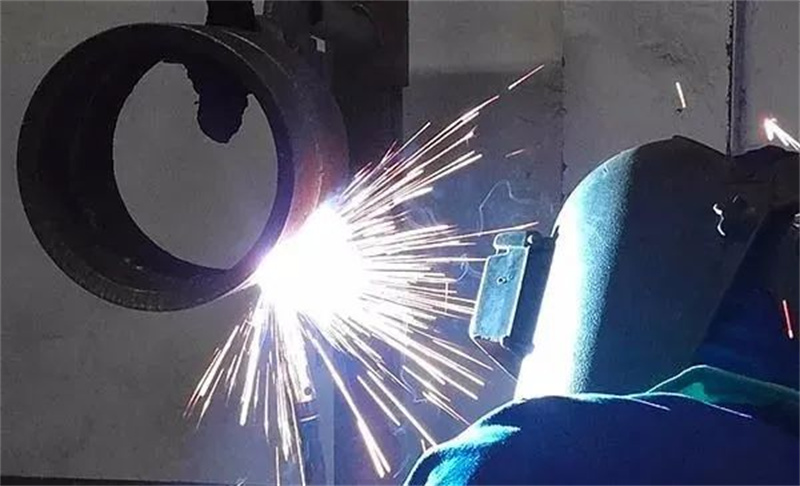
During the welding inspection, in order to prevent all rotating ports from being randomly selected for inspection, the pass rate is high, and a certain proportion of fixed ports must be randomly inspected to ensure the welding quality of the entire pipeline. “Pressure Pipeline Safety Technology Supervision Regulations–Industrial Pipeline” stipulates that the detection ratio of fixed welding joints shall not be less than 40%.
In general, we use the fixed port as the active port. The active port is the prefabricated welding joint of the pipe, and the pipe section can be moved or rotated when the pipe is prefabricated outside the site. A fixed port is a site-installed welded port where the pipe cannot be moved or rotated.
In the long-distance pipeline pipeline specification, it is called “collision dead end”, and it is required that “100% radiographic inspection should be carried out”. The dead end welding angle is complicated, and the welding quality is not easy to guarantee.
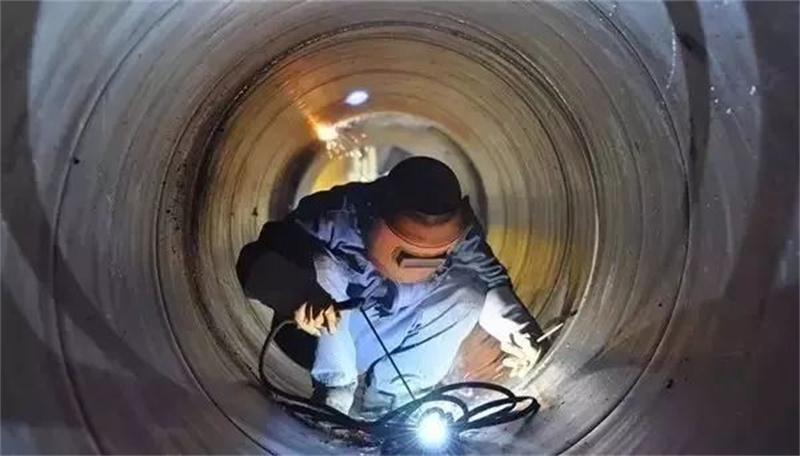
Fixed welds are relative to rotating welds.
The rotating weld joint means that the welder can freely rotate the welding joint according to the most comfortable angle of the welding work during the prefabricated welding process of the pipeline, and the welding quality is relatively stable, so welders like this kind of weld joint.
However, due to the requirements of the site conditions or the conditions of the workpiece itself, the welding joint of some workpieces can only be fixed, which is the so-called fixed welding joint. When the fixed welding joint is installed and welded, there is only one direction welding joint. This kind of welding joint is difficult to weld, and the proportion of non-destructive testing is high.
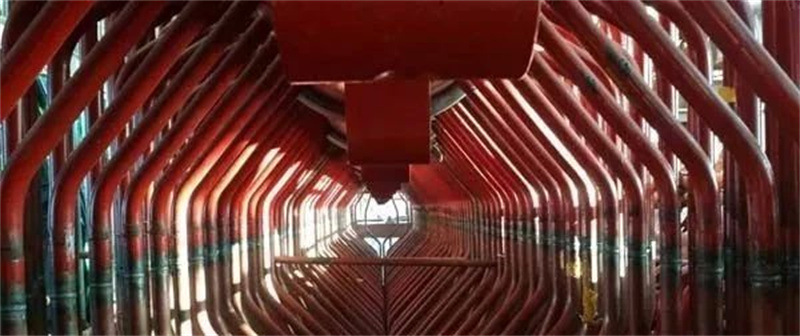
In some pipeline construction specifications, the proportion of fixed weld detection is clearly stipulated. Because the angles of the fixed welds are different, manual welding will fluctuate, and the quality of the welds will be affected to a certain extent. For example, the fixed welds of steel pipes require welders to perform all-position welding, which requires high requirements for welders. Of course, the technique is high and the technical level is high. A good welder doesn’t matter.
In construction management, the number of fixed openings should be reduced as much as possible. On the one hand, the welding quality can be controlled, and at the same time, the number of inspection openings can be reduced to reduce costs.
Post time: Aug-09-2023



